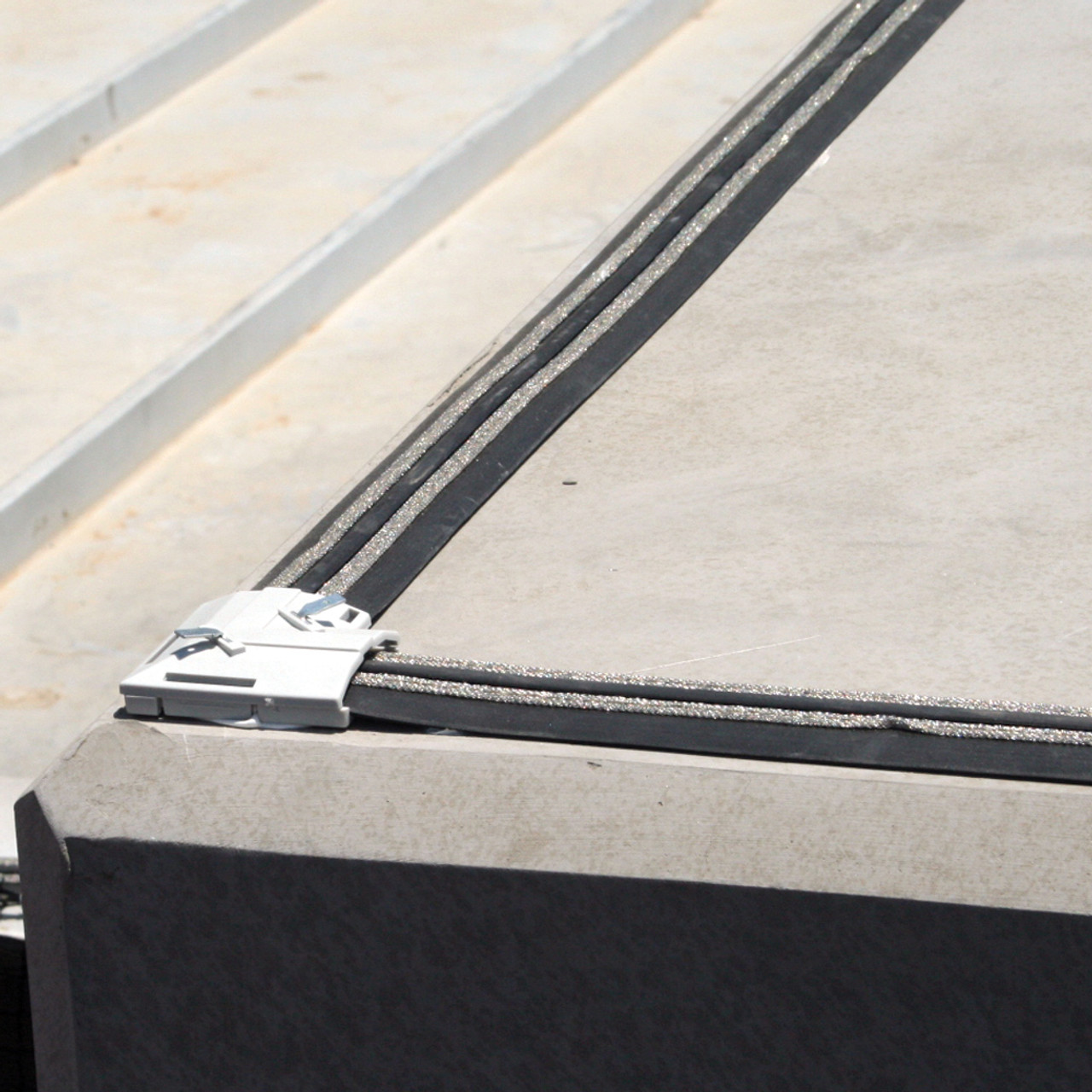Sparrows are often delightful in their small dimensions and lively manner but they can also be significant pests as they encroach on your home. Their receptivity to change can result in an infestation that can cause a range of problems that range from property damage to health risks. Understanding how to get rid of sparrow birds and manage sparrow nest effectively is crucial for maintaining a safe and clean environment.

Understanding the Sparrow Problem
Before diving into solutions on how to rid yourself of sparrows, it’s crucial to understand the reasons why sparrows might be troublesome. The sparrow in the house is believed to be able to adjust well and thrive in urban settings. Nests are usually located in places that are hard to access, like on shutters for houses or drainage pipes roofers, rafters and corrugated siding. Their nests can trigger serious problems such as destruction to machinery or risks of fire from hot metallic equipment. Furthermore, the bird’s droppings may be a source of harmful bacteria, fungal agents and ectoparasites. This poses serious health risks like the salmonella, histoplasmosis, and toxoplasmosis. For health and safety it is vital to take action against the invasive birds and find out how to get rid of the sparrow birds swiftly.
Sparrows: How do you get rid of them by applying practical methods
Installing physical barriers is one of the best methods to eliminate house sparrows. Mesh screens or bird netting can be used to block possible nesting spots like eaves, rafters and vents. These screens block birds from entering the areas, thus reducing the chance of nests and establishing an infestation.
Repellents and Deterrents: Many repellents and deterrents are able to discourage the sparrows from coming to your property. Reflective surfaces, such as foil strips and mirrors can be used to deter birds. Ultrasonic repellents emit sound which are unsettling to birds, but aren’t heard by humans. These devices will keep sparrows away from your yard without harming the birds.
Traps: When there is a severe infestation traps can be an effective tool to remove sparrows. Live traps specifically created for sparrows, will catch the birds with humaneness. Once captured, sparrows will need to be removed from the area. It is vital to comply with local wildlife regulations when using traps.
Professional Services: If you’re dealing with an extensive number of nesting sites or an extensive infestation It’s a good idea to hire a professional pest control services. Professionals who specialize in bird control can analyze the situation, apply sophisticated removal methods, and provide long-term solutions tailored to your needs.
Sparrow Nest Management: Effective Strategies
Regular Inspections and Maintenance: Regularly inspect potential nesting sites on your home, for instance gutters and vents. Immediately removing nests when they are found could aid sparrows in establishing a solid presence. Be cautious when handling nests since they could contain disease.
Cleaning and Sanitizing After removing nests from sparrows remove any nesting materials or droppings. This stops the spread of bacteria and prevents sparrows from re-entering. Wear protective clothing and appropriate cleaning products to avoid exposure to harmful pathogens.
Repair and Prevention: Once nests are removed from ground, fix any damage. Be sure that entry points are properly sealed to deter the sparrows from returning. Consider using bird-proofing methods such as spikes or barriers to prevent nesting.
Modifying the environment surrounding your property will make it less attractive to sparrows. For instance trimming bushes and trees around your property can decrease the potential nesting places. Also, eliminating food sources such as garbage that is left unattended or pet food, could deter the sparrows from nesting.
The final sentence of the article is:
The best way to manage sparrow populations is a mix of preventive steps and active control strategies. Finding out how to eradicate sparrows is crucial. Using repellents, installing physical barriers and seeking expert assistance when required will enable you to take effective action against sparrow invasions. Controlling nests of sparrows by regularly checking and cleaning as well as habitat modification will provide a complete approach in keeping the birds away. This will ensure the cleanliness, safety and pest-free environment.
